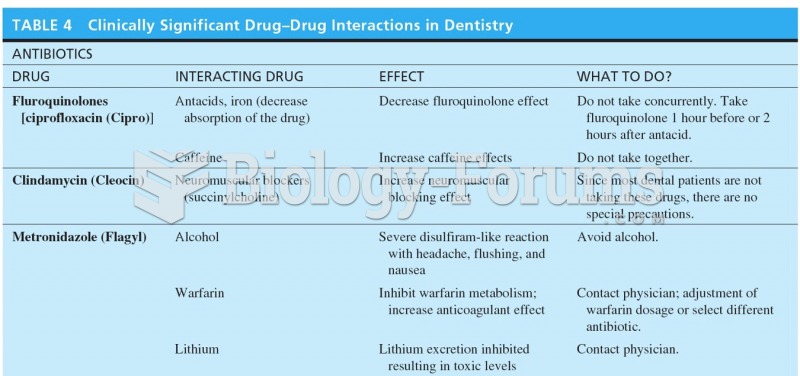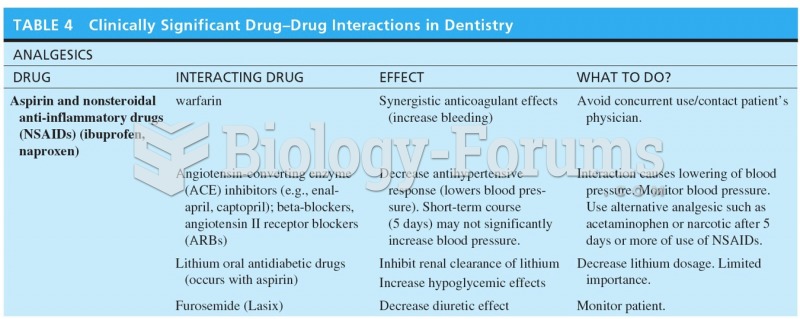Answer to Question 1
ANSWER:
a.
Newsletters from the classroom keep parents informed about what the children are doing, special events, and personal information, and act as an informal contact with the teacher. Newsletters should be in the language that the parents speak.
b.
A place for parents, be it an area of a room set aside for parent use or a separate room, lets parents know they are wanted and needed. Resource books, coffee, and bulletin boards with local events for families can be part of the space.
c.
Informal contacts, such as brief notes, telephone calls, or a quick chat on the way out of school, can provide a connection between home and school.
d.
Home visits can enhance communications and facilitate school and home partnerships.
Answer to Question 2
ANSWER: Culture: Children develop knowledge of their own culture and the culture of others.
Time, continuity, and change: Young children learn about their personal history and that of their family and how they view themselves in and over time. People, places, and environments: Younger children draw upon immediate personal experiences as a basis for exploring geographic concepts and skills. They are also concerned about the use and misuse of the environment. Individual development and identity: The self, the family, and the community are most important to young children. A sense of belonging and the ability to take care of themselves and their own needs impact children in the early years. Individuals, groups, and institutions: Children belong to many groups family, class, after-school activity groups, congregations, and so forth. This NCSS standard is better suited to older children in their studies.
Power, authority, and governance: This standard is also better suited for the older grades to investigate. The concepts are too abstract for young children. Production, distribution, and consumption: Children can be made aware of the diverse kinds of work adults engage in and can develop an understanding of how goods and services are produced, distributed, and consumed through social studies projects.
Science, technology, and society: Social studies for young children can introduce the concept that technology influences their lives and their families. Global connections: This NCSS curriculum standard is designed for older children to show the interconnectedness of the world. Global education is abstract, so it is less appropriate for young children.
Civic ideals and practices: Children have opportunities to practice aspects of democratic living when they learn to understand the rules that govern the classroom and when they become involved in making some of the rules themselves.







